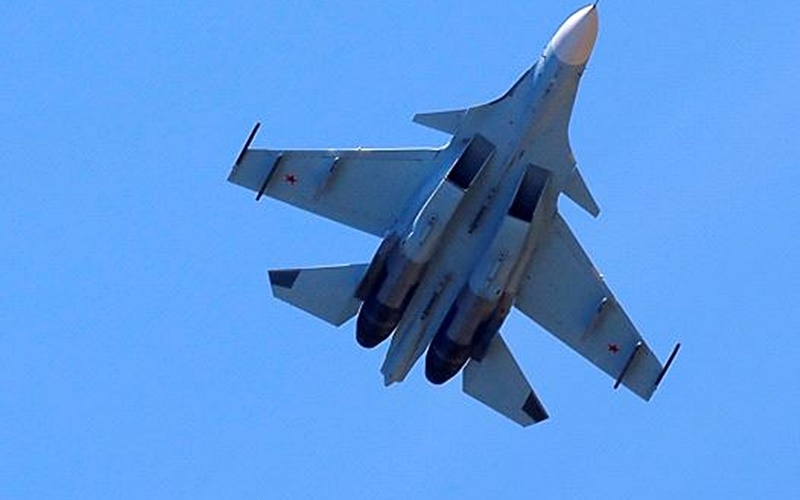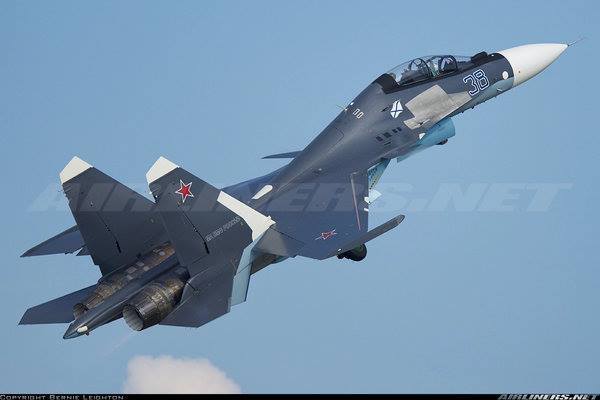The Sukhoi Su-30 is a remarkable aircraft that has earned its place as one of the most versatile and powerful fighters in the world. Developed by Russia’s Sukhoi Aviation Corporation, the Su-30 is a twin-engine, multi-role fighter jet capable of performing a wide range of missions. From air superiority to ground attack and beyond, the Su-30 has proven itself as a formidable force in modern air combat. This article delves into the features, capabilities, and operational history of the Su-30, highlighting why it remains a key asset in the air forces of many nations.

A Versatile Airframe with Advanced Design
The Su-30’s design is based on the earlier Su-27, but it incorporates numerous enhancements that elevate its performance and versatility. Its airframe is built to endure the rigors of high-speed maneuvers and long-range missions. The aircraft’s twin-engine configuration provides exceptional power and redundancy, ensuring reliability even in demanding operational environments.
One of the standout features of the Su-30 is its canard foreplanes, which, combined with thrust vectoring nozzles, give it unparalleled maneuverability. These aerodynamic improvements allow the Su-30 to perform advanced maneuvers, such as the famous Pugachev’s Cobra and the tail slide, which are essential for gaining the upper hand in dogfights.

Powerful Engines and Superior Performance
The Su-30 is equipped with two AL-31F afterburning turbofan engines, each producing 27,557 pounds of thrust. This power enables the aircraft to achieve a maximum speed of Mach 2 and provides a combat radius of approximately 1,500 kilometers (930 miles) without external fuel tanks. With in-flight refueling capability, the Su-30’s operational range is significantly extended, making it suitable for long-range missions.
The thrust vectoring capability of the engines, combined with the aircraft’s aerodynamic design, ensures exceptional agility. This makes the Su-30 not only a formidable opponent in air-to-air combat but also highly effective in ground attack roles.

Advanced Avionics and Sensor Suite
The Su-30 boasts a sophisticated avionics suite that enhances its combat effectiveness. The N011M Bars radar, a phased-array system, provides long-range detection and tracking of multiple targets. This radar can simultaneously engage multiple air and ground targets, giving the Su-30 a decisive edge in combat.
In addition to its radar, the Su-30 is equipped with an infrared search and track (IRST) system, which allows it to detect and engage targets without relying on radar emissions. This passive detection capability is crucial for maintaining stealth and surprise in combat scenarios.
Versatile Armament and Multi-role Capability
The Su-30’s versatility is further highlighted by its impressive array of weaponry. It features 12 hardpoints for carrying a wide range of air-to-air and air-to-ground munitions. For air superiority missions, the Su-30 can be armed with R-77 and R-73 missiles, which are known for their accuracy and lethality. For ground attack missions, the aircraft can carry guided bombs, rockets, and missiles such as the Kh-29 and Kh-31.
The Su-30’s multi-role capability extends to maritime strike missions as well. Equipped with anti-ship missiles like the Kh-35, it can effectively engage naval targets, making it a versatile asset in any combat theater.

Operational History and Global Presence
Since its introduction in the 1990s, the Su-30 has been adopted by several air forces worldwide, including those of India, China, Vietnam, and Malaysia. Its operational history is marked by numerous successful deployments, showcasing its reliability and effectiveness in various combat scenarios.
In the Indian Air Force, the Su-30MKI variant has been a cornerstone of air operations, participating in numerous exercises and real-world missions. The aircraft’s performance in joint exercises with other nations has consistently demonstrated its superiority in both air-to-air and air-to-ground roles.
Future Prospects and Continuous Upgrades
The Su-30 continues to evolve with ongoing upgrades to its avionics, weaponry, and electronic warfare systems. These enhancements ensure that the aircraft remains at the cutting edge of modern air combat capabilities. Future upgrades are expected to include even more advanced radar systems, improved electronic countermeasures, and integration of new precision-guided munitions.
In conclusion, the Sukhoi Su-30 stands as a testament to Russian engineering and innovation in military aviation. Its combination of powerful performance, advanced avionics, and versatile armament make it a formidable force in modern air combat. As air forces around the world continue to rely on the Su-30, its legacy as a pioneering fighter jet is assured.





